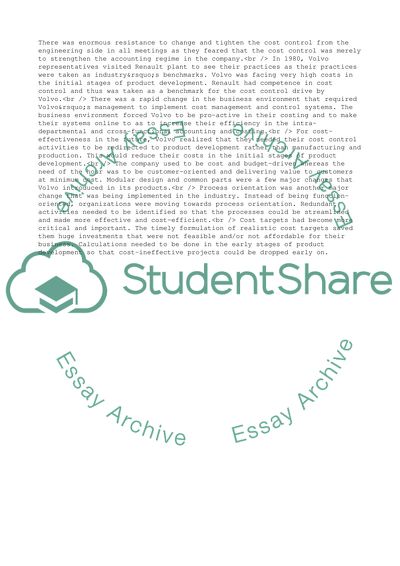Cite this document
(Issues in Management Accounting Assignment Example | Topics and Well Written Essays - 1500 words, n.d.)
Issues in Management Accounting Assignment Example | Topics and Well Written Essays - 1500 words. Retrieved from https://studentshare.org/management/1536229-issues-in-management-accounting-ac313
Issues in Management Accounting Assignment Example | Topics and Well Written Essays - 1500 words. Retrieved from https://studentshare.org/management/1536229-issues-in-management-accounting-ac313
(Issues in Management Accounting Assignment Example | Topics and Well Written Essays - 1500 Words)
Issues in Management Accounting Assignment Example | Topics and Well Written Essays - 1500 Words. https://studentshare.org/management/1536229-issues-in-management-accounting-ac313.
Issues in Management Accounting Assignment Example | Topics and Well Written Essays - 1500 Words. https://studentshare.org/management/1536229-issues-in-management-accounting-ac313.
“Issues in Management Accounting Assignment Example | Topics and Well Written Essays - 1500 Words”. https://studentshare.org/management/1536229-issues-in-management-accounting-ac313.


